Ecuador is best known for the Galapagos Islands and the diverse wildlife that inhabits there. It is a destination that pushes boundaries and awakens the senses. You can hike through cloud forests where orchids bloom and waterfalls cascade, bike down volcanic slopes, or stand on the Equator, feeling the world spin beneath your feet. A land where adventure comes naturally, where every turn reveals a new wonder, and where memories are etched in the soul.
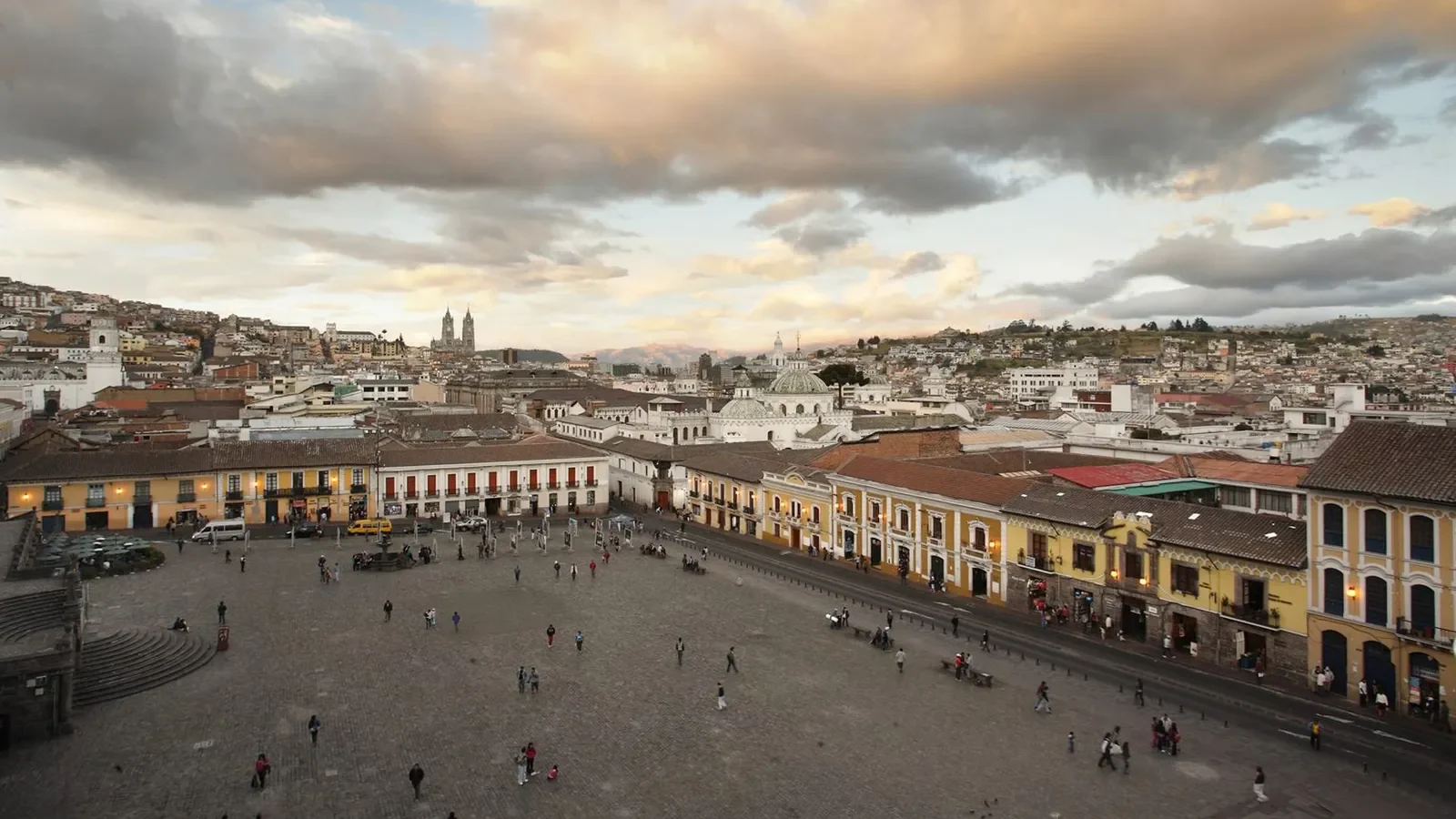
And with so much variety, there is enough more here to capture your heart. The following is a list of 08 fascinating Ecuador facts that may stimulate your curiosity in this lovely country. It might be Mount Chimborazo, the closest point on Earth to the stars. Or the Amazon Rainforest, named for Greek mythological warrior women. This relatively tiny country has something for almost everyone.
Here are our top 08 most interesting Ecuador facts:
1. Ecuador means “Equator” in Spanish
It may come as no surprise that the country is named after the equator that passes across it. The country’s official name is ‘Republica del Ecuador’ (Republic of the Equator). Ecuador is, in fact, the only country in the world named for a geological feature.
Within its borders, longitudes stretch like vibrant threads, weaving together diverse landscapes: snow-capped Andean peaks, emerald Amazonian jungles, and sun-kissed Pacific beaches. Each region is a canvas painted by nature’s brush, beckoning the explorer within.
This equator, more than a line on a map, is a symbol of Ecuador’s essence. It embodies the nation’s spirit of unity, bridging diverse cultures and traditions into a harmonious tapestry. From the ancient rituals of indigenous communities to the bustling rhythms of cosmopolitan cities, Ecuador celebrates the harmonious interplay of disparate elements.
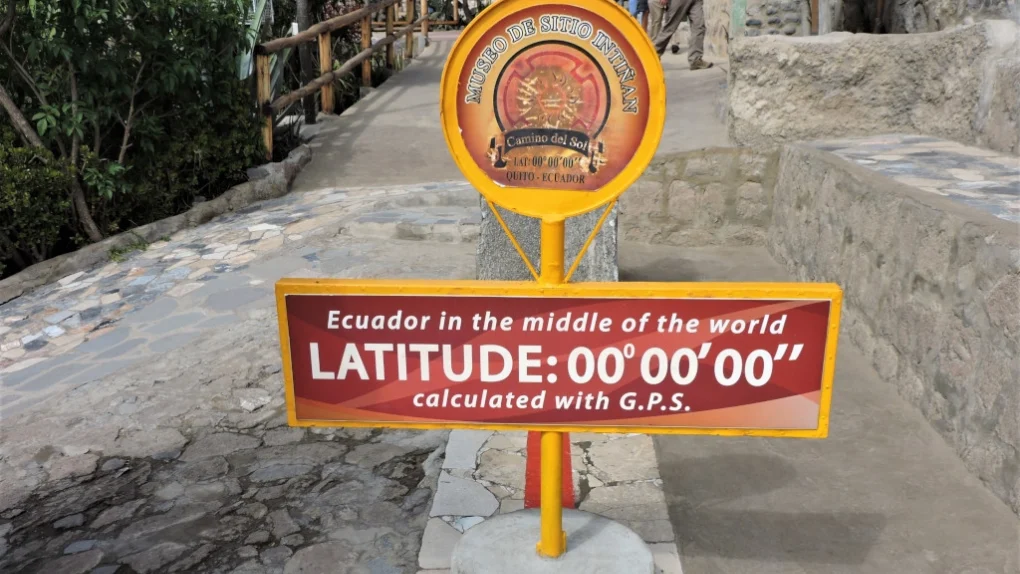
2. Yasuni Park is One of the Most Biodiverse Places on the Planet.
You’re absolutely right! Yasuni National Park in Ecuador is a crown jewel of our planet’s biodiversity. It’s more than just “one of the most bio-diverse” – it’s often considered the most bio-diverse place on Earth!
Here’s a taste of what makes Yasuni so mind-blowingly amazing:
- Record-breaking diversity: Within a single hectare of Yasuni’s forest, you can find over 650 species of trees – a world record! It’s also home to more amphibian, frog, and toad species than all of North America combined.
- Endangered treasures: Over 130 globally-threatened species find refuge in Yasuni, including giant armadillos, golden-mantled tamarins, and white-bellied spider monkeys.
- Unique convergence: Yasuni sits at the crossroads of the Andes Mountains, the Amazon Basin, and the equator. This incredible location creates a diverse range of habitats, contributing to its mind-boggling biodiversity.
- Millions of species: Scientists estimate that millions of species of plants, insects, and animals call Yasuni home. That’s more than the entire Amazon rainforest combined!
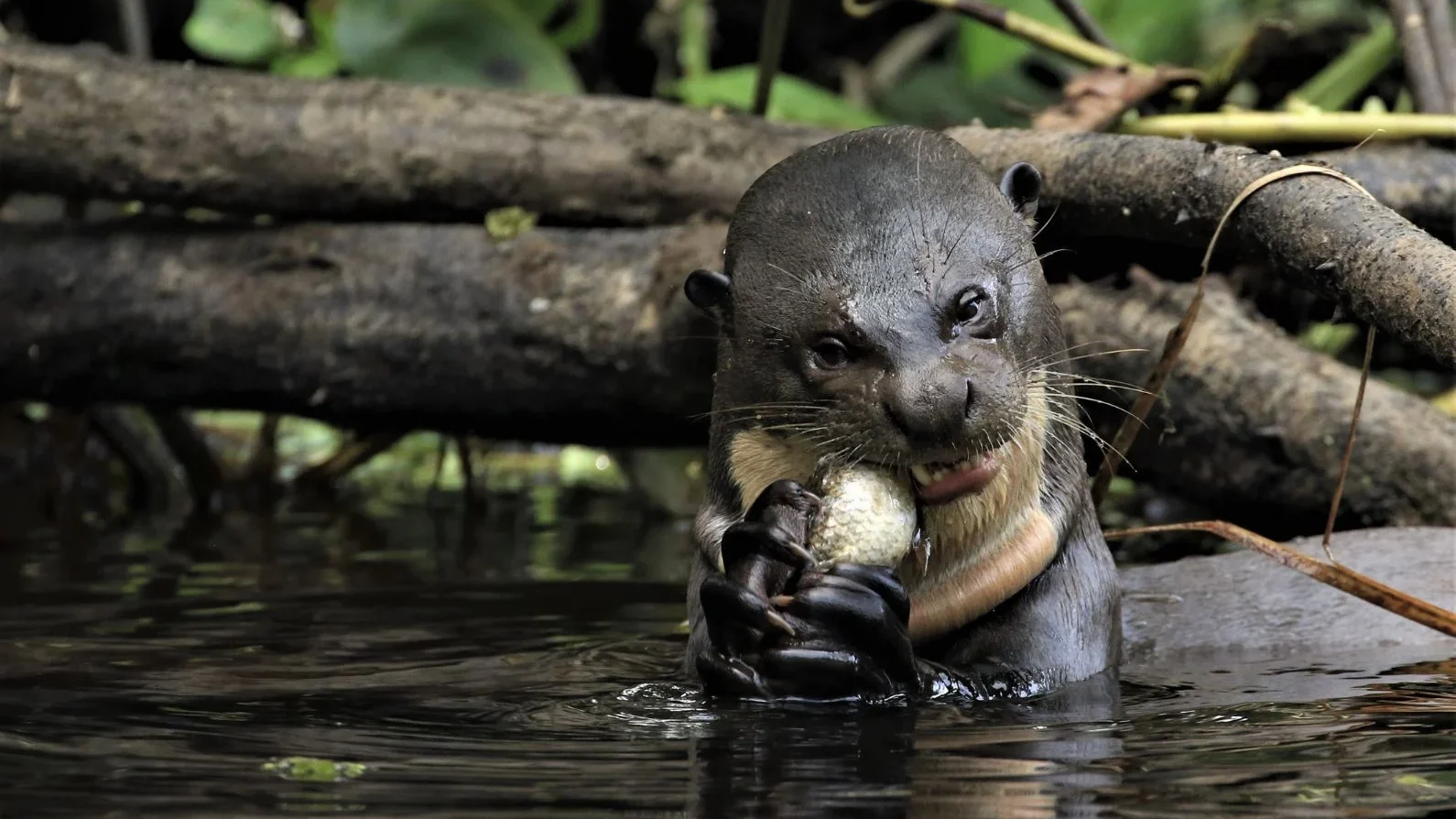
3. The Galapagos Islands Inspired the Theory of Evolution
Indeed Galapagos Islands weren’t solely responsible for Charles Darwin’s Theory of Evolution. But they played a critical role in its development.
Here’s a more nuanced explanation:
1. Inspiration, not invention: Darwin already had the seeds of evolution in his mind before reaching the Galapagos in 1835. However, his observations on the islands provided compelling evidence to support and refine his ideas.
2. The Finches: Observing the different beak shapes of closely related finch species across the various islands (later known as “Darwin’s Finches”) was particularly impactful. This suggested adaptation to different food sources within the isolated environment, hinting at descent with modification over time.
3. Gradual change, not sudden leaps: The Galapagos showed Darwin that evolution wasn’t a quick jump between species, but a gradual process of change within populations over generations.
4. Building blocks of a theory: While he didn’t fully form his theory of evolution by natural selection until years later, the Galapagos observations were foundational blocks that helped him solidify his ideas.
5. Not the only piece of the puzzle: Importantly, Darwin’s travels and studies elsewhere, including South America and the fossil record, also played significant roles in shaping his theory.
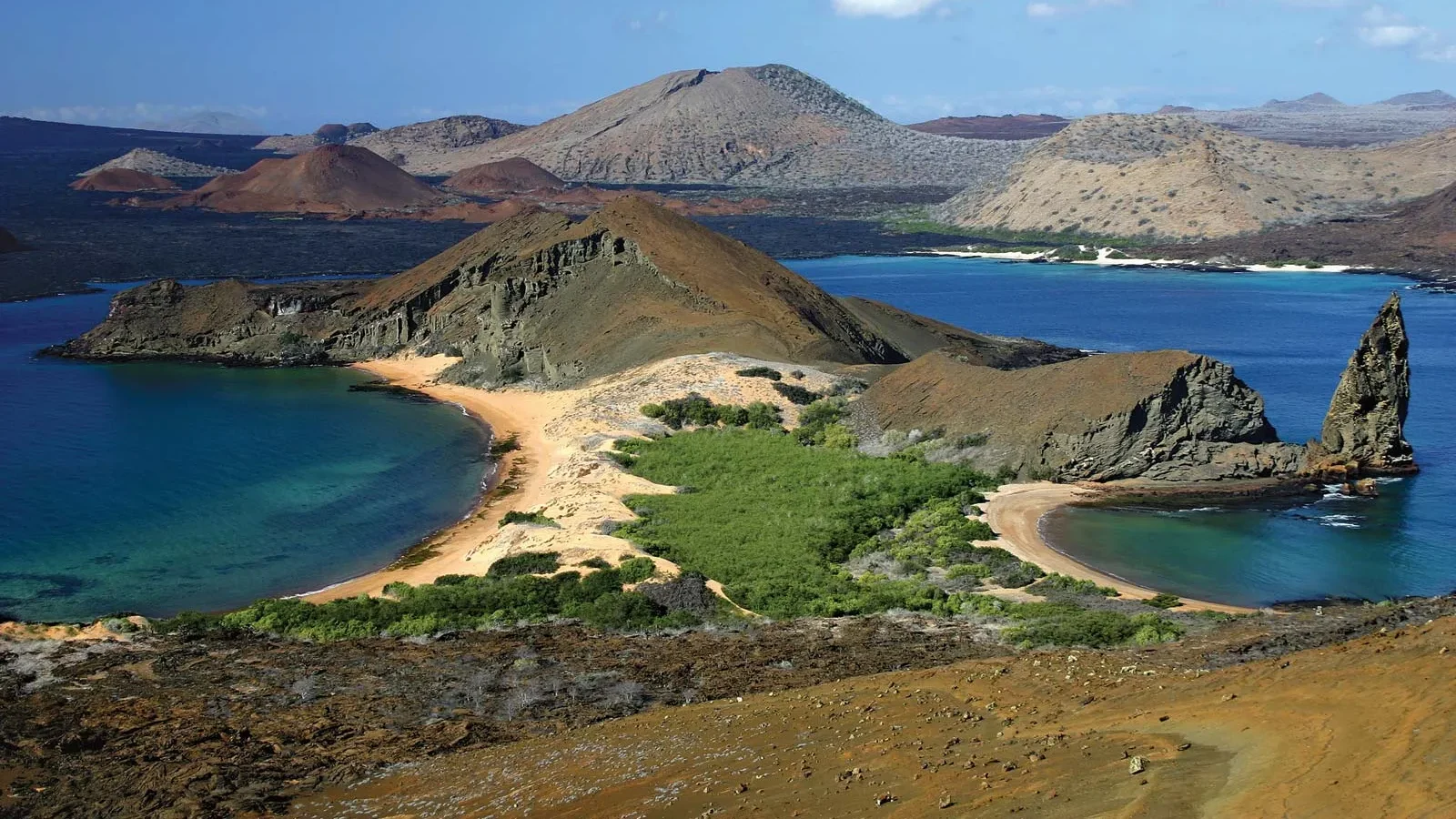
4. Country Closest to the Moon
Ecuador offers strong arguments for having the point closest to the moon’s center at specific times due to its unique geographical features.
The Equator bulges slightly due to Earth’s rotation, making points along it farthest from the Earth’s center and therefore slightly closer to the moon. Ecuador sits directly on the Equator, giving it a natural edge over other countries. Within Ecuador, Mount Chimborazo, reaching a staggering 6263 meters above sea level, holds the key. Due to the Earth’s bulge, Chimborazo is the farthest point on Earth from the Earth’s center, making it the closest point to the moon’s center when the moon is directly above it.
It’s important to remember that the Earth and moon move in elliptical orbits, constantly changing their relative positions. Therefore, Chimborazo’s “Closest to the Moon” title holds only when the moon is directly above the Equator and at a specific point in its own orbit.
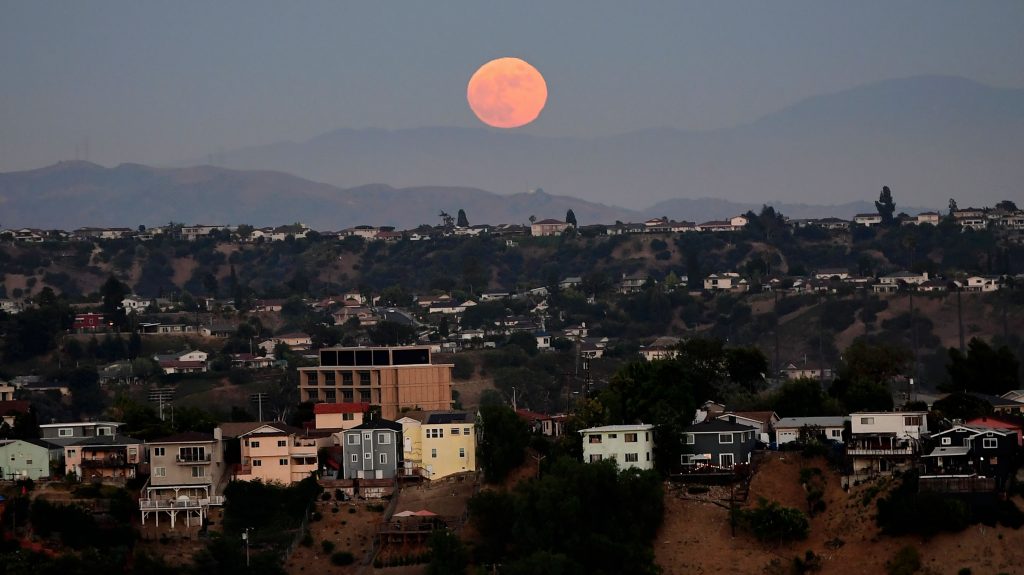
5. Chocolate Has a Long History in Ecuador
Ecuador’s connection to chocolate is much deeper than just enjoying a delicious treat – it’s a woven thread in the country’s history, culture, and identity. Archaeological evidence suggests that the Theobroma cacao tree, the source of cocoa beans, has been growing in Ecuador’s Amazon rainforest for over 5,300 years. Indigenous cultures like the Mayo-Chinchipe developed sophisticated rituals and uses for cocoa, consuming it as a beverage and even using it for medicinal purposes.
Today, Ecuador is the world’s leading exporter of organic fine-flavor cocoa, recognized for its unique aroma and complex flavor profile. This prestigious title speaks volumes about the quality and care with which Ecuadorian cocoa is cultivated and processed.
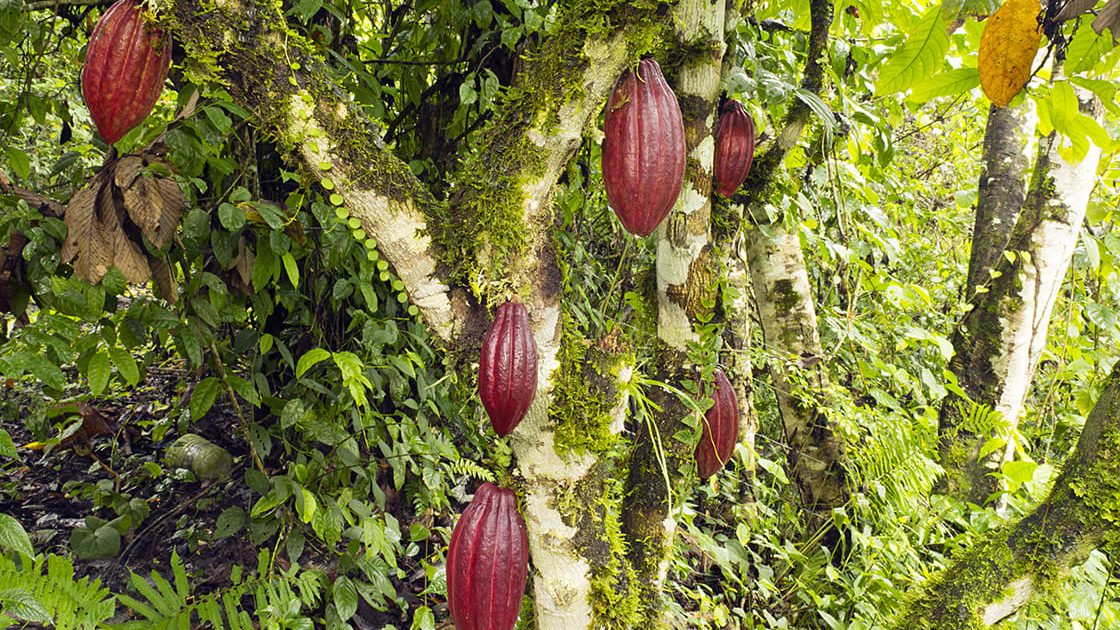
6. Haven of Orchid Flowers?
You’re absolutely right! Ecuador is a haven for orchid lovers, boasting an incredible diversity of these stunning flowers. In fact, around one-third of Ecuador’s plant species are orchids, making it a global hotspot for these graceful blooms.
The sheer variety of orchids in Ecuador is mind-boggling. From tiny, jewel-like blossoms to cascading waterfalls of fragrant blooms, there’s an orchid for every taste. With such a diverse range of habitats and species, there’s always something blooming in Ecuador. No matter when you visit, you’re sure to encounter a kaleidoscope of colors and shapes in these captivating flowers.
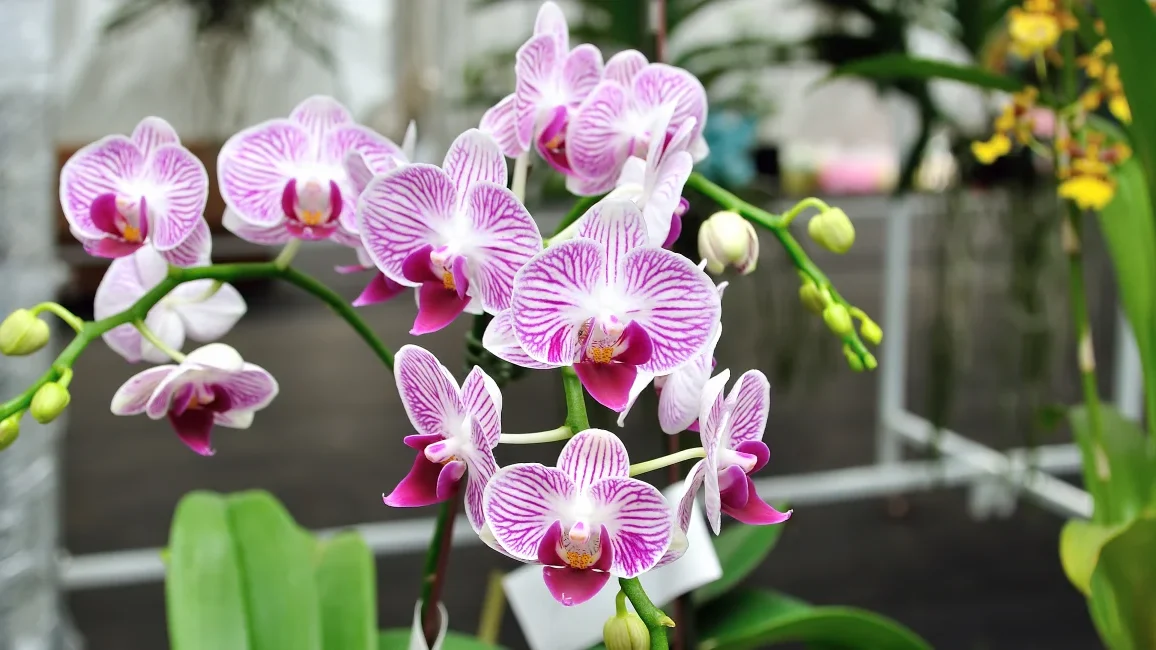
7. Bananas in Everything!
Bananas are extremely important to Ecuador in terms of economy, culture, and even national identity.
Here’s why:
Economically Crucial:
- Ecuador is the world’s leading exporter of Cavendish bananas, with over 4 million tons shipped annually. This accounts for around 10% of the country’s total exports and generates significant revenue and employment.
- The banana industry directly supports over 500,000 jobs, making it a vital source of income for many Ecuadorians.
- Large multinational companies like Chiquita and Dole operate in Ecuador, but a growing number of smaller, independent farms are contributing to the sector, diversifying the industry and empowering local communities.
Cultural Significance:
- Bananas are deeply woven into the fabric of Ecuadorian life. They’re a staple food, consumed cooked, fried, or in various delicious dishes.
- Bananas play a role in traditional medicinal practices and even feature in local folklore and proverbs.
- The annual Banana Festival in Guayaquil is a vibrant celebration of the fruit’s importance, showcasing its culinary delights and cultural significance.
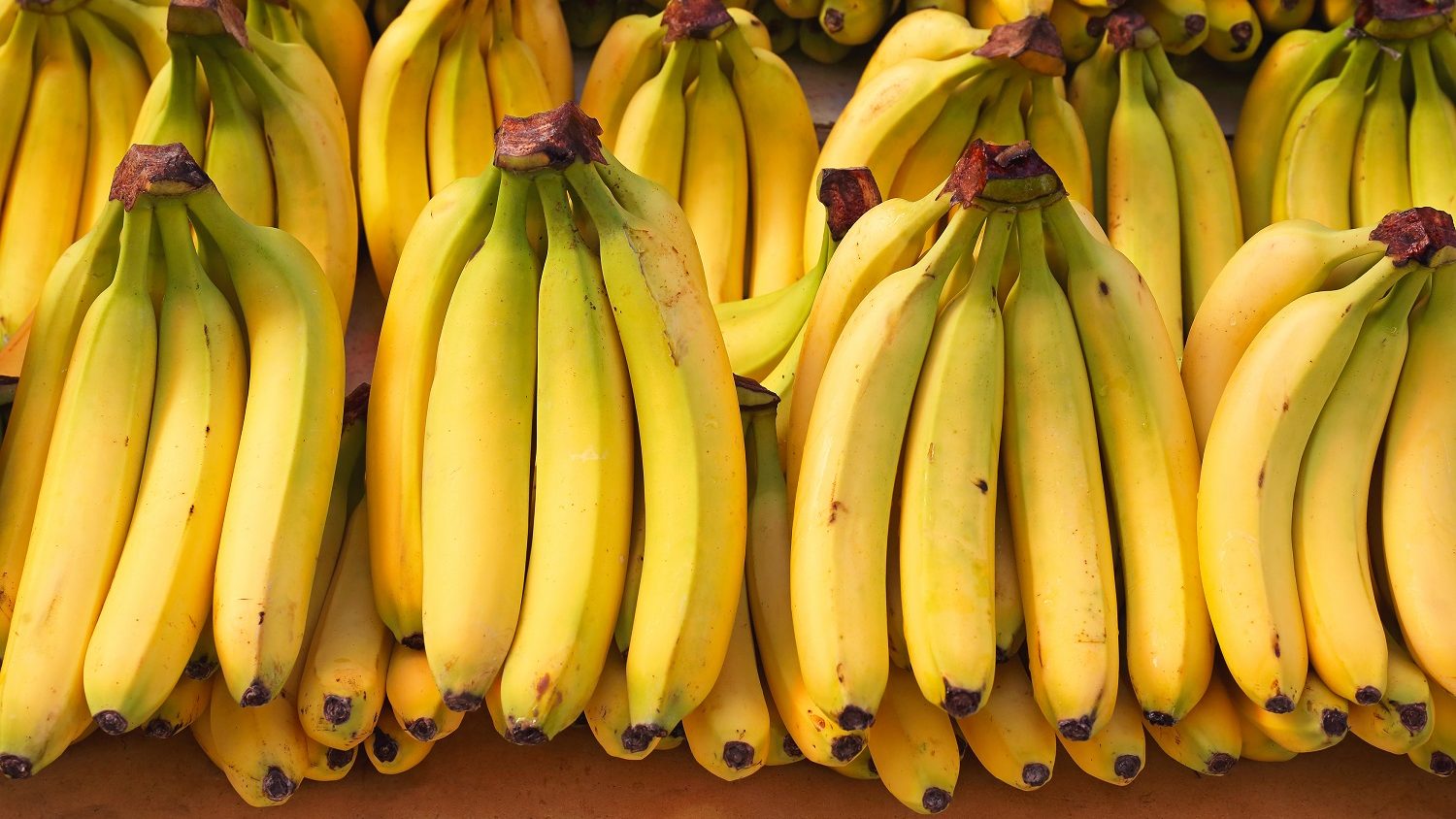
8. Ecuador is a Bird-Watcher’s Paradise
Ecuador’s diverse landscapes, from snow-capped Andean peaks to lush Amazon rainforests and sun-kissed Pacific beaches, create a haven for an incredible variety of birds. It’s truly a Bird-Watcher’s Paradise, offering a chance to spot vibrant feathered jewels and witness breathtaking avian spectacles. With over 1,600 bird species recorded in Ecuador, it boasts nearly twice the number found in the entire United States!
Whether you’re a seasoned birder or a curious nature enthusiast, Ecuador caters to all levels. You can explore diverse habitats through:
- Guided birdwatching tours: Expert guides will help you identify species, share ecological insights, and lead you to prime birding spots.
- Nature reserves and parks: Numerous protected areas, like Yasuni National Park and Mindo Cloud Forest, provide excellent opportunities to see birds in their natural habitats.
- Self-guided exploration: If you’re adventurous, grab a birdwatching guide and explore various trails and roads, keeping your eyes and ears peeled for feathered friends.
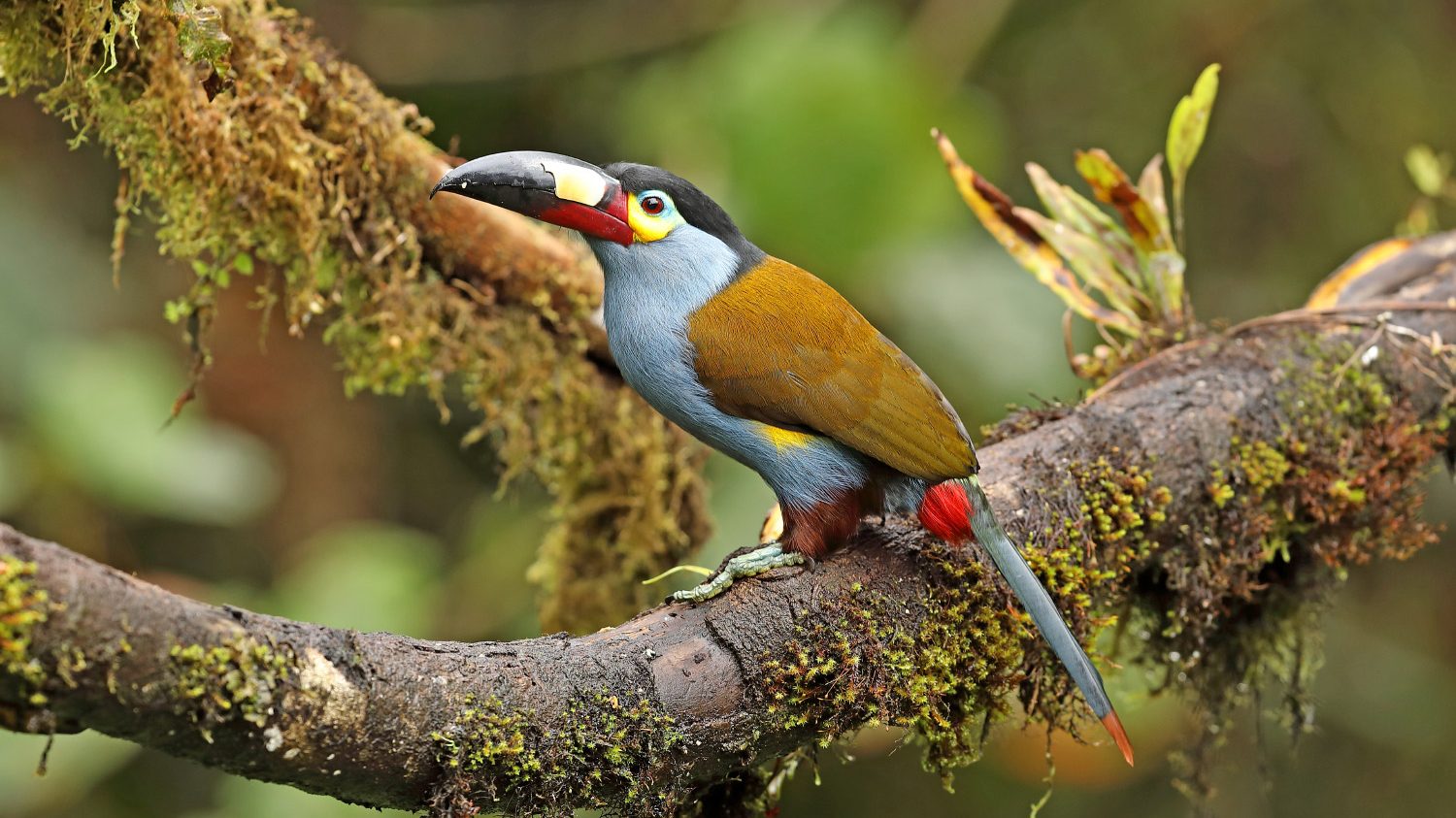
Beyond the avian abundance, Ecuador offers a complete nature immersion experience. Soak in the breathtaking landscapes, encounter other fascinating wildlife, and immerse yourself in the vibrant local culture.
So, pack your binoculars, a sense of wonder, and get ready to be captivated by the feathered symphony of Ecuador!
Checkout this article for more travel guideline!






GIPHY App Key not set. Please check settings